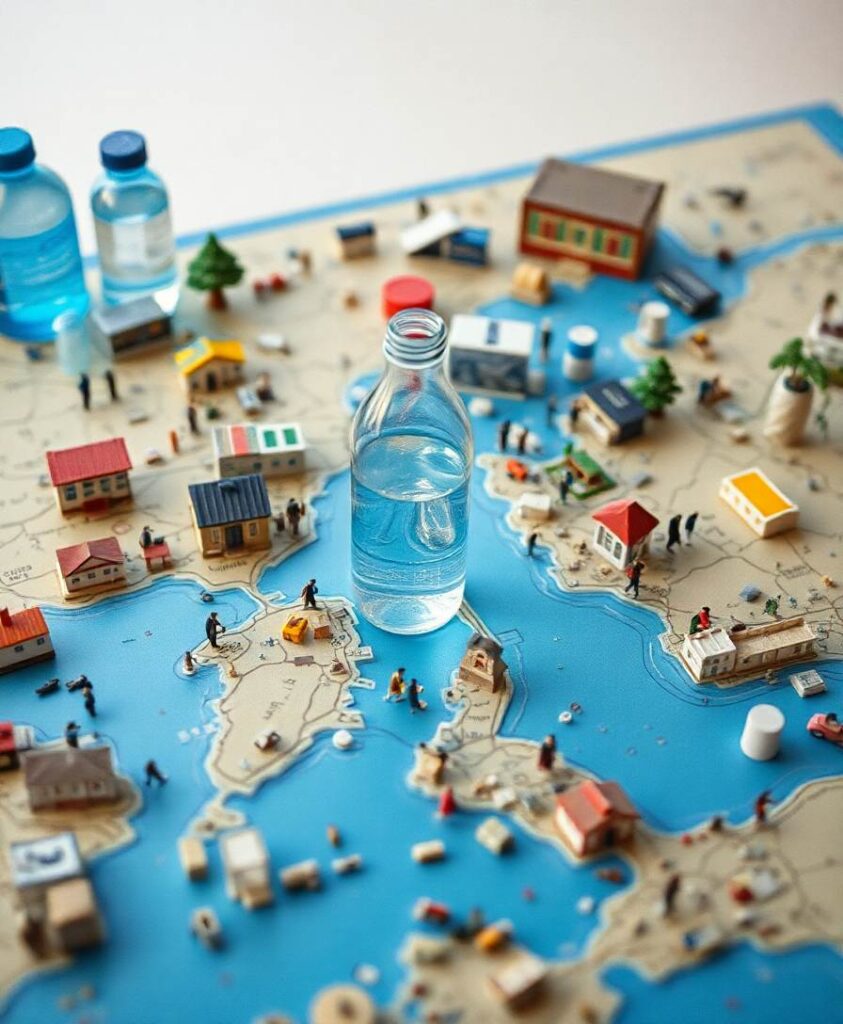—
Are we sacrificing safety for convenience in drinking water?
Living with the quiet awareness that what flows from our taps might contain unseen chemicals can feel like carrying a small, persistent worry. When you turn on the faucet, you expect clean, safe water—something basic but essential for health. Yet, recent shifts in environmental policies remind us that the rules protecting our water quality might be changing, sometimes in ways that leave many of us questioning whether our health is still the priority.
The Environmental Protection Agency (EPA) announced plans to roll back some limits on certain chemicals known as “forever chemicals” in drinking water. These chemicals, scientifically called per- and polyfluoroalkyl substances (PFAS), have been a growing concern because they do not break down easily in the environment or our bodies. They can linger, accumulating over time, and research suggests they might be linked to health issues.
The EPA’s move to weaken restrictions on some of these chemicals raises questions: Are the regulations still enough to protect us? What does this mean for families who worry about long-term exposure? These questions aren’t just scientific—they are deeply personal. Many of us want to feel confident that our water is safe for ourselves and our loved ones.
### Understanding the shift in water safety standards
The decision to loosen limits on certain chemicals in drinking water can feel confusing, especially when previous regulations aimed to tighten protections. The EPA states that they will keep standards for two common chemicals but are reducing restrictions on others. This change reflects a complex balance of science, policy, and economic considerations—yet it leaves many of us wondering about the real impact on our daily lives.
When regulations loosen, it might seem like the government is prioritizing convenience or economic interests over health. But for those of us living with a heightened awareness of chemical exposure, this decision can evoke feelings of vulnerability. It’s natural to worry: Will my water contain more of these persistent chemicals? What does this mean for my family’s health, especially for children or those with pre-existing health conditions?
### How to stay informed and protect your health
While policy shifts happen at a high level, there are practical steps we can take to safeguard our drinking water and peace of mind. First, staying informed is key. Understanding what chemicals are present in your local water supply can empower you to make decisions—whether it’s installing home filtration systems or advocating for stronger protections.
Testing your water for PFAS and other contaminants is becoming more accessible. If you’re concerned about the presence of these chemicals, reaching out to local water authorities or professional testing services can provide clarity. Knowledge about what’s in your water helps you decide whether additional filtration or alternative sources are necessary.
Furthermore, community action matters. Connecting with local groups advocating for safe water and transparent policies can amplify the collective voice for stronger protections. Change often begins with awareness, shared concern, and persistent dialogue.
### Embracing a mindful approach to water and health

Living with the understanding that policies around water safety are complex and sometimes changing can be unsettling. But it also offers an opportunity to re-examine our relationship with the water we drink. Mindfulness about what we consume, how we protect ourselves, and how we advocate for safer standards can foster resilience and hope.
Remember, you are not alone in this. Many are paying close attention, asking questions, and seeking solutions. Small actions—like staying informed, testing your water, and supporting community efforts—can create a ripple effect toward safer, healthier drinking water for everyone.
As we navigate these shifting policies, maintaining a sense of agency and community connection will serve us well. Our water is fundamental to our well-being, and safeguarding it is a shared responsibility that benefits all.
Learn More: EPA to Rollback Limits on Drinking Water Chemicals
Abstract: The Environmental Protection Agency said Wednesday that it plans to weaken limits on some so-called forever chemicals in drinking water that were finalized last year, while maintaining standards for two common ones. The Biden administration set the first federal drinking standards for PFAS chemicals, but recent plans suggest a rollback of some restrictions.
Link: Read Full Article (External Site)

